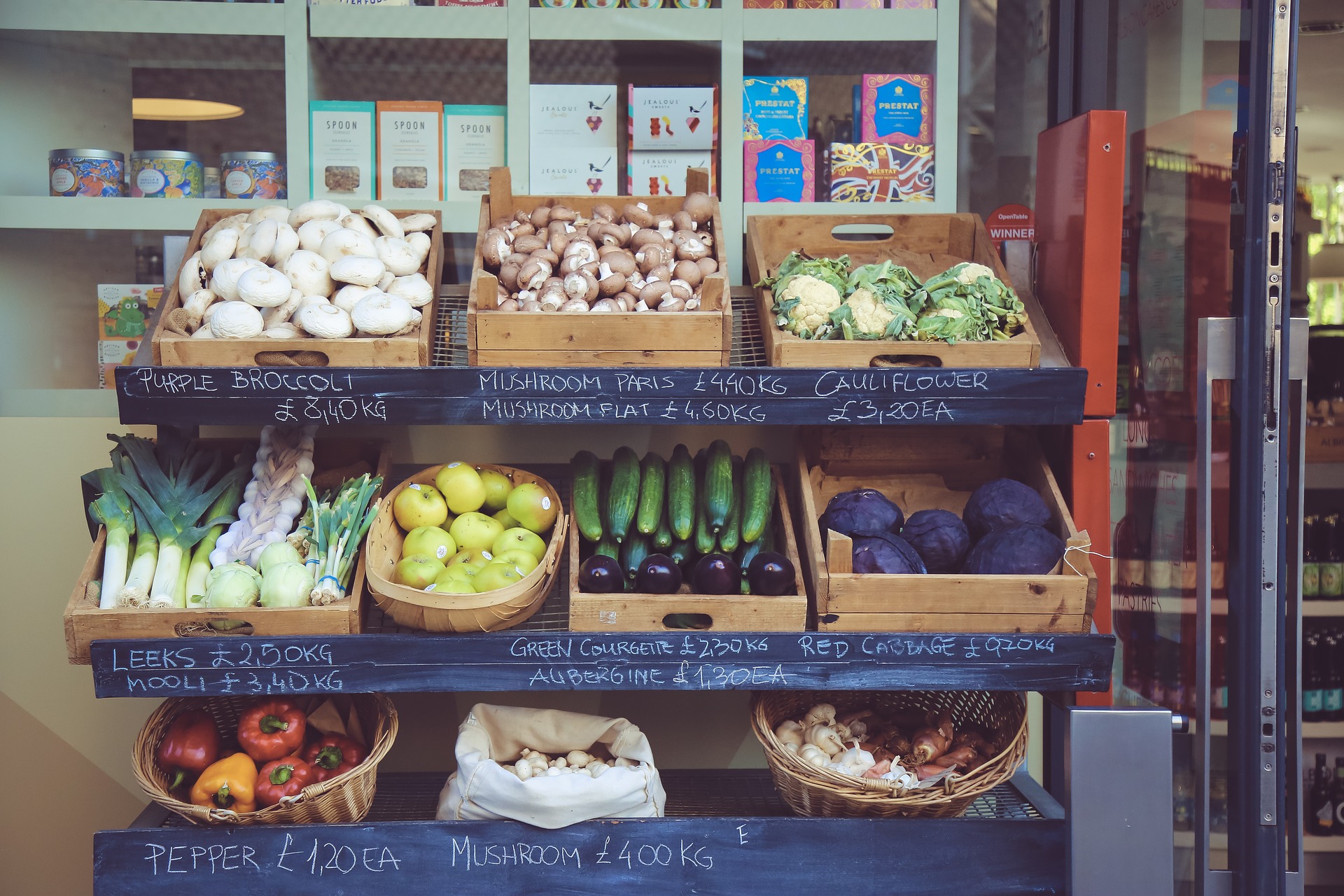Innovation and diversification key to retaining new customers in the food and drink sector

17 September 2020
This was first published in The Herald on 16 September 2020.
While the impact of the COVID-19 pandemic has proved devastating for many sectors, small, local food and drink suppliers have been on the right side of an unprecedented change in consumer behaviour.
With more consumers shopping locally, shopping healthily and looking to fill their cupboards, fridges and freezers there is a higher demand than ever before for fresh British produce, a trend helped in no small part by the exponential increase in amateur chefs and bakers up and down the land. Direct to consumer sales have also gone through the roof as shoppers avoid public spaces and, in particular, large supermarkets where social distancing is more difficult.
In the short term this is clearly fantastic news for smaller local retailers, many of which have become community hubs, particularly during the darkest days of lockdown. That being said, the challenge is now on to ensure that these newly acquired customers stick around as we slowly but surely return to normality.
Local suppliers have found themselves at the heart of communities like never before in recent months, as customers look to shop locally for their produce. More or less overnight, this has provided an incredible boost to brand loyalty as store owners have become a key part of people’s lives during an often worrying period.

Making the most of this change in customer habit is key and businesses may need to move out of their traditional comfort zones to do that. Indeed, we are already seeing some of the more forward-thinking food and drink businesses adjusting their approach to make sure the spike in demand isn’t just a short-term statistical aberration that disappears as quickly as it emerged.
Digital e-commerce platforms are simpler and cheaper than ever before. We are seeing a move towards utilising this platform from more and more businesses that would normally have relied on footfall through a high street store to generate the vast majority of their income. In the months ahead it will be vital that businesses can provide their product conveniently via an online portal if they are to capitalise on the increased customer base generated by the pandemic. This option will likely prove particularly popular, and effective, as measures like face masks continue to be mandatory in shops. The fact that more people than ever before are working from home will also be a boost to food retailers geared up to provide home delivery.
If this trend continues we could even see butchers and grocers move away from the traditional shop front, preferring instead to move into larger, cheaper, out of town premises more appropriate for larger scale production and home delivery.
It isn’t just suppliers that have diversified though, as restaurants, bars and cafes have all adjusted their offering in order to supply anything from pizza to cocktails, available via click and collect or home delivery. Some fine dining establishments have even offered a package allowing customers to produce a culinary masterpiece from the safety of your own kitchen. Now, more than ever, convenience is king and an end to lengthy bar queues is an understandably attractive long-term prospect for many consumers.

Another interesting by-product of the COVID-19 crisis has been an increase in collaboration between businesses that may previously have been competitors. In the brewing industry, for example, we have seen craft brewers from across the country collaborating in all sorts of ways. Whether it’s sharing delivery infrastructure to reduce capital costs or exploiting each other’s distribution channels to extend the reach of products, collaboration has been a particularly beneficial development over the last three or four months.
These changes may have been born out of necessity as government measures brought the shutters down on businesses across the country, but it is this kind of innovation that will help businesses retain their newly acquired customer base amid the new normal.
The current climate has also made for a surprisingly healthy environment for food and drink investment, with the right kind of product an attractive proposition for external investors.
Similarly, crowd funding has proved a fruitful alternative avenue as businesses look to make the most of the good will built up with their local communities. This kind of fast injection to finances may have been little more than a life jacket for some, but for many it has meant businesses can be one step ahead of the curve, allowing them to start planning how to retain their newly expanded customer base.
While most businesses continue struggling to keep their heads above water, small food and drink retailers have been blessed with an influx of new customers. The challenge for those retailers is now to retain that new business for the medium and long term. Clearly there are a number of ways that can be achieved but those that prove most successful will inevitably be those that move quickly to adjust and transform their business, positioning it to make the most of short term gains as we all discover what the new normal really is.